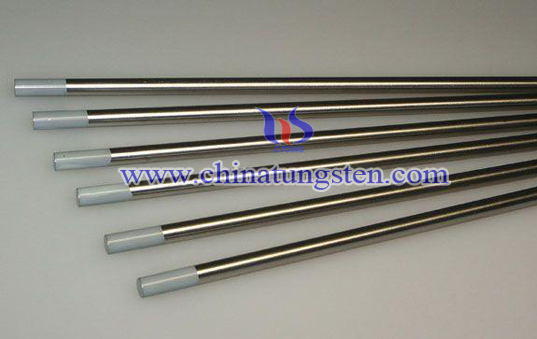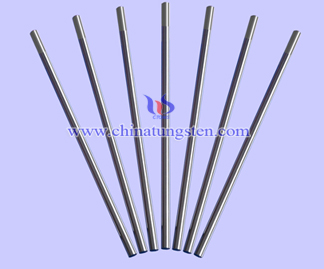WZ3 Zirconiated tungsten electrode

Introduction
WZ3 zirconiated tungsten electrode contains 3% zirconium oxide. W is abbreviation of Wolfram (tungsten), Z refers to Zirconium (Zr), 3 means the content is only about 3%. In addition, this type of electrode also having a high content of tungsten, containing 98 to 98.8% tungsten, closer to a pure tungsten electrode. It is to improve the drawbacks of pure tungsten electrode while welding, such as tungstenizing problem. While transporting zirconia, people should pay attention that it cannot be stored together with strong soda material, and it should be placed in a dry environment.
Trademark
Zirconiated tungsten electrode is mainly divided into two brands WZ3 and WZ8, since its been promoted, it is often used to replace pure tungsten electrode. In addition to the content of zirconium oxide, zirconium tungsten electrode also contains a bit of yttrium oxide and cobalt.
| Code | Impurity | Impurity Content% | Other Impurity% | Electron Work Functon | Color |
| WZ3 | ZrO2 | 0.20 - 0.40 | < 0.20 | 2.5 - 3.0 | Brown |
Characteristic
WZ3 zirconiated tungsten electrode is a metal rod that its electrode tip is brown, containing 2.5 - 3.0% of zirconium dioxide. This will help to improve the effect of welding results. Its arc speed is quick and arc stability is stronger than pure tungsten electrode. A small amount of zirconium dioxide can avoid tungstenizing phenomenon at high temperatures to some extent, and in the welding process, the end of the electrode can be maintained the shape of ball, so that it can protect the workpiece. If require minimal tungsten contamination, WZ3 zirconium tungsten electrode is the best choice.
Content
Zirconium is a chemical element with symbol Zr and atomic number 40. Zirconium is a lustrous, greyish-white, soft, ductile and malleable metal which is solid at room temperature. Melting point of Zirconium is 1855 °C (3371 °F). In the case of low temperatures, its molecular structure is monoclinic crystal, under the conditions of 1100 ℃ it will become tetragonal shape, when the temperature rose to above 1900 ℃, it will form the shape of a cubic crystal.

